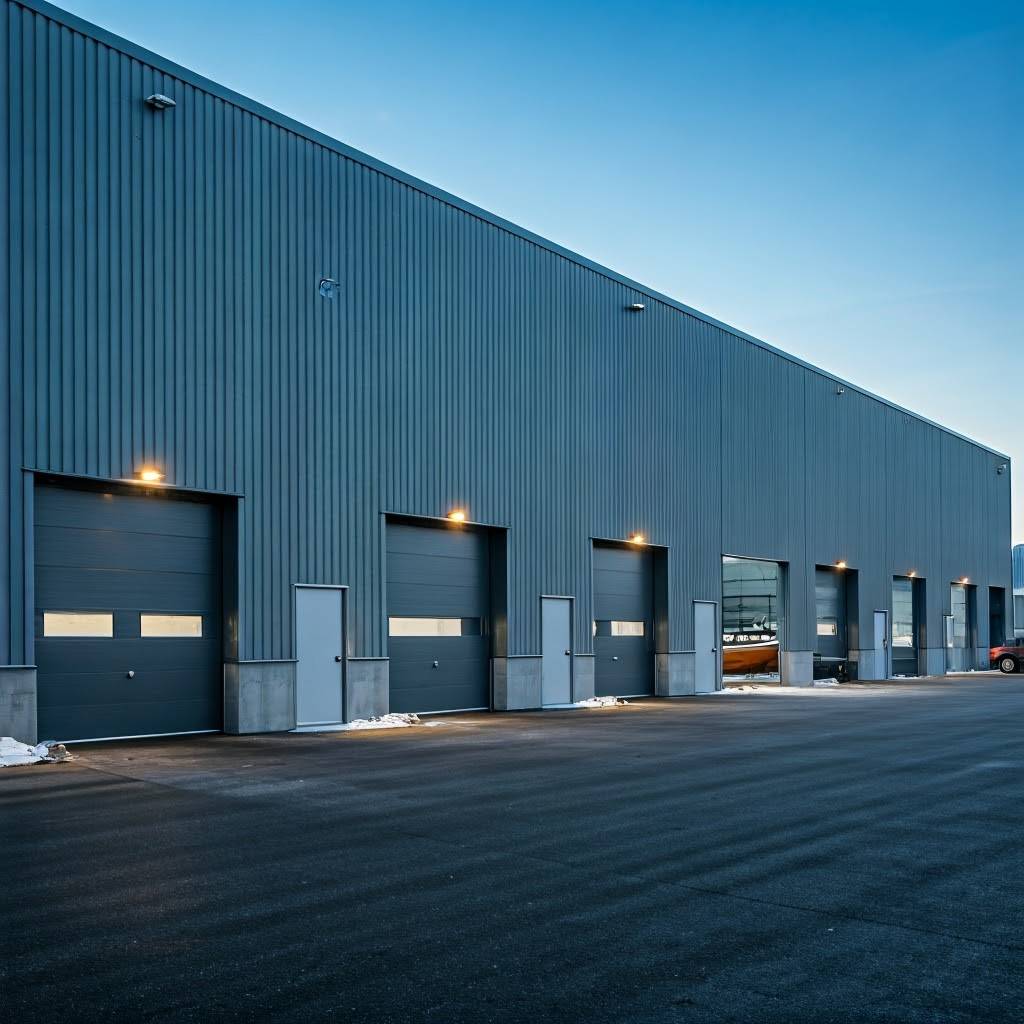
Enterprise Resource Planning (ERP) and Warehouse Management System (WMS) are both crucial software solutions for businesses. While they share similarities, their functions are distinct, and understanding the difference between ERP and WMS can help companies choose the right system. This blog explores ERP and WMS systems, their key differences, and how they impact business operations.
What is ERP?
Enterprise Resource Planning (ERP) is an integrated software system that helps businesses manage resources, financials, customer relationships, and supply chain management from a single platform. It centralizes business processes to ensure seamless coordination across different departments.
Key Features of ERP Systems:
- Resource Planning: Helps businesses allocate financial, human, and material resources efficiently.
- Customer Relationship Management (CRM): Stores customer data, purchase history, and interactions.
- Financial Management: Manages accounts payable, payroll, budgeting, and financial reporting.
- Supply Chain Management: Tracks inventory, procurement, and vendor relationships.
- Business Intelligence & Real-Time Data: Provides insights through analytics and reporting.
ERP Benefits for Businesses:
- Improved Efficiency: Automates manual tasks, reducing errors and labor costs.
- Enhanced Customer Relationships: Tracks customer interactions to improve satisfaction and retention.
- Scalability: Adapts to business growth with modular solutions.
- Centralized Data Management: Provides a single source of truth for decision-making.
What is WMS?
A Warehouse Management System (WMS) is a specialized software solution designed to streamline warehouse operations, including stock locations, pick-pack-and-ship processes, and order fulfillment. WMS solutions ensure real-time visibility into warehouse activities, helping businesses optimize inventory control and distribution efficiency.
Key Features of WMS Systems:
- Stock Locations: Tracks real-time inventory movement within a warehouse or distribution center.
- Order Fulfillment: Manages picking, packing, and shipping of orders to customers.
- Operational Efficiency: Reduces human errors and increases productivity in warehouse tasks.
- Integration with Other Systems: Works with ERP and supply chain software to enhance coordination.
- Real-Time Data: Ensures accurate inventory tracking and minimizes stock discrepancies.
WMS Benefits for Businesses:
- Faster Packing and Shipping: Streamlines warehouse workflows for quicker order processing.
- Optimized Inventory Control: Tracks stock levels and reduces overstock or stockouts.
- Increased Accuracy: Reduces human errors in order fulfillment.
- Better Warehouse Space Utilization: Maximizes storage capacity and warehouse efficiency.
ERP System vs WMS: A Side-by-Side Comparison

Although ERP and WMS systems share some overlapping functionalities, they serve different purposes. Here’s how they compare:
| Feature | ERP System | WMS System |
| Primary Focus | Manages overall business processes | Optimizes warehouse operations |
| Scope | Enterprise-wide, including finance, HR, sales, and supply chain | Warehouse-specific functions like stock locations and order fulfillment |
| Inventory Management | Tracks inventory as part of a broader business strategy | Provides detailed real-time warehouse inventory tracking |
| Order Processing | Handles sales, procurement, and financial transactions | Focuses on picking, packing, and shipping orders efficiently |
| Data Management | Centralizes all business data for better decision-making | Offers real-time warehouse visibility and operational control |
| Software Integration | Integrates multiple business operations | Can be a standalone system or integrated with ERP |
When to Choose ERP or WMS?
Choosing ERP or WMS depends on a company’s needs. Some businesses might require both, while others may only need one system.
Choose an ERP System If:
- Your company needs enterprise-wide resource planning beyond warehouse operations.
- You require customer relationship management (CRM), financials, HR, and procurement in a single system.
- You need end-to-end supply chain management beyond inventory tracking.
- Your priority is business intelligence, reporting, and financial insights.
Choose a WMS Solution If:
- Your business relies on fast-moving warehouse operations and real-time stock tracking.
- You need to optimize pick, pack, and ship processes.
- Your priority is reducing warehouse errors and improving order accuracy.
- You operate distribution centers or e-commerce fulfillment centers requiring real-time inventory updates.
How ERP and WMS Work Together
For businesses with complex supply chains and extensive warehouse operations, integrating ERP and WMS systems can provide the best results. Here’s how they complement each other:
- ERP handles the broader business operations, while WMS focuses on warehouse efficiency.
- ERP integrates inventory data, while WMS ensures real-time tracking and fulfillment.
- ERP optimizes financial planning, while WMS improves order accuracy and customer satisfaction.
The Bottom Line: ERP or WMS—Which is Right for You?
The difference between ERP and WMS lies in their scope and functionality. While ERP solutions manage overall business processes, WMS systems focus on warehouse optimization. Businesses with simple inventory needs may find ERP sufficient, while those with high warehouse demands should consider WMS.
Ultimately, ERP and WMS systems can be integrated for a comprehensive resource planning and warehouse management solution, ensuring seamless business operations from inventory control to order fulfillment. Evaluating your company’s business processes, operational efficiency, and long-term goals will help determine the best software solution for success.
